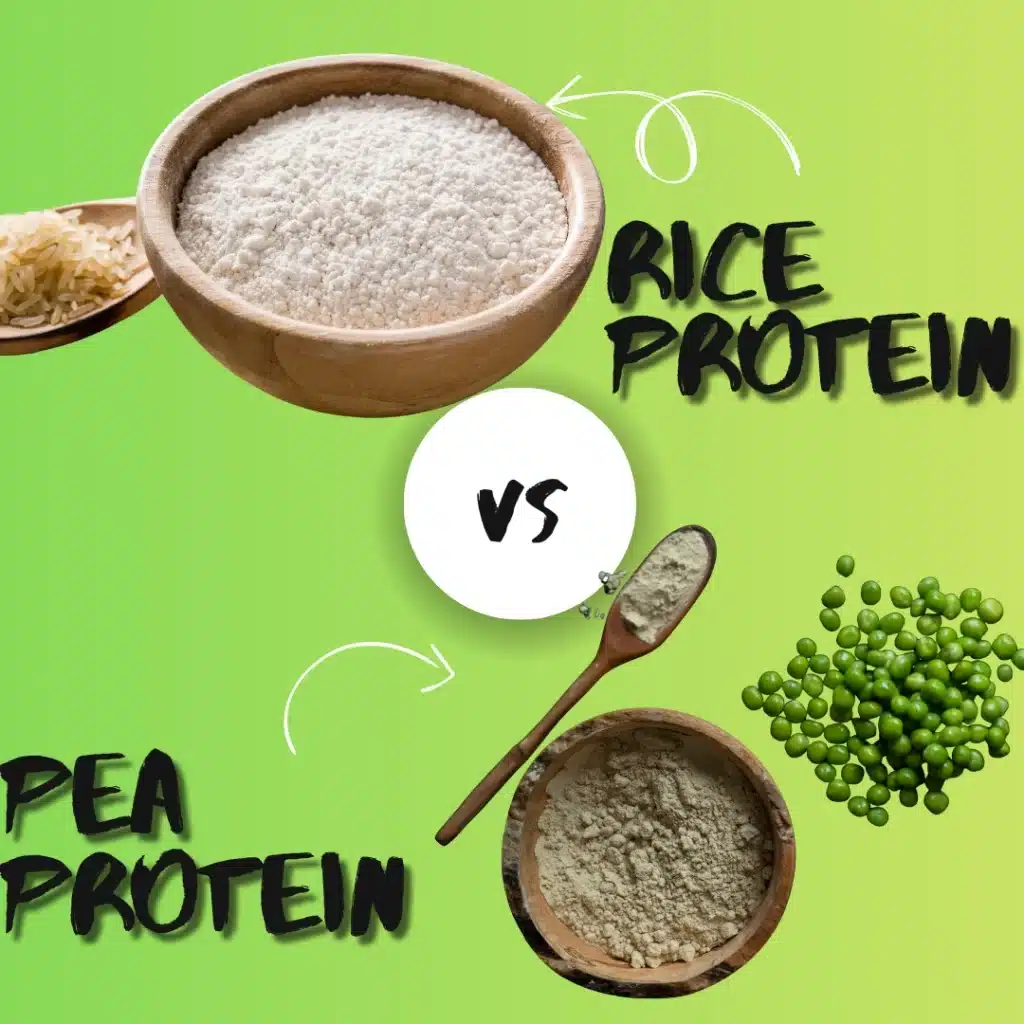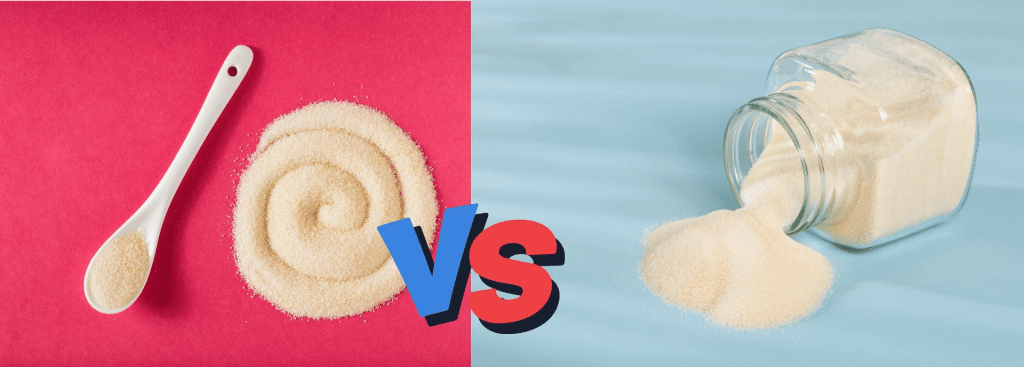Ever found yourself lost in the shampoo aisle, juggling bottles like a circus act, trying to figure out what “hydrolyzed” even means? I’ve been there—hair a mess, skin begging for mercy, and a label in hand that might as well be written in hieroglyphs. Today, we’re diving into two stars of the beauty world: hydrolyzed keratin protein vs wheat protein. These ingredients aren’t just fancy buzzwords—they’re like the best friends your hair and skin didn’t know they needed. Whether you’re into nutrición deportiva, curious about ingredientes de los suplementos dietéticos, or just want to glow from head to toe, this showdown will help you pick a winner. So, grab a coffee, and let’s unravel this protein puzzle together—because who doesn’t want to feel a little more fabulous?

Proteína de queratina hidrolizada
What Is Hydrolyzed Keratin Protein?
Picture this: your hair’s made of keratin, a tough protein that keeps it strong. Now, imagine that protein getting a VIP makeover—chopped into tiny pieces so it can sneak into your strands and work some serious magic. That’s hydrolyzed keratin protein in a nutshell. It’s usually sourced from animal bits like wool or feathers (sorry, vegans, this one’s not always your vibe), then broken down through a process called hydrolysis. The result? A lightweight, super-absorbable ingredient that’s a staple in fabricación de polvo for shampoos, conditioners, and even skin creams.
Why does this matter? Because those smaller molecules can penetrate deep, repairing damage and boosting strength where it counts. It’s like sending a repair crew into a crumbling house—suddenly, everything’s sturdy again. I first stumbled across it in a hair mask years ago, and it’s been a game-changer ever since. But how does it stack up across sources? Check this out:
| Fuente | Protein Potency | Fun Fact |
|---|---|---|
| Lana | Alta | The gold standard |
| Plumas | Medio | Presupuesto asequible |
| Horns | Alta | Rare but powerful |
Source: MakingCosmetics Inc.
Beneficios
Okay, let’s talk perks—because hydrolyzed keratin protein brings a lot to the table. For hair, it’s like a personal trainer, bulking up weak strands and smoothing out the rough patches. After frying my hair with a flat iron one too many times, I tried a keratin-infused conditioner, and wow—my locks went from brittle twigs to silky ribbons overnight. It strengthens, reduces breakage, and adds a shine that screams “I woke up like this” (even if I didn’t).
For skin, it’s a hydration hero. It traps moisture like a sponge, leaving your face soft and plump. A 2013 study in the Revista de Ciencias Cosméticas found it boosted hair strength by 30% after just a few uses (Steinmetz et al., 2013). Plus, it’s popping up in fabricación de nutrición deportiva for supplements that promise healthier hair and nails. Who knew a protein could multitask this hard?
Keratin Protein’s Not-So-Perfect Side
But hold up—nothing’s perfect, right? Overdo it with keratin, and your hair might turn into a stiff, crunchy mess. I learned this the hard way after a keratin binge left my curls feeling like straw. Balance is key—too much protein without moisture is like eating nothing but steak with no veggies. You’ll feel off.
Allergies are another hiccup. Since it’s often from wool or feathers, sensitive folks might itch or rash up. Patch test first, trust me—it’s better than scratching your scalp all day. How do you avoid the pitfalls? Pair it with a hydrating buddy, like a rich conditioner, and don’t go overboard.
Proteína de trigo hidrolizada
What Is Hydrolyzed Wheat Protein?
Now, meet hydrolyzed wheat protein—the chill, plant-based cousin. It’s made from wheat grains, broken down into tiny peptides that play nice with your hair and skin. Think of it as a cozy sweater for your strands—soft, nurturing, and oh-so-comforting. It’s a rising star in Soluciones OEM, showing up in everything from volumizing shampoos to soothing lotions.
Why’s it special? Those peptides mimic your natural proteins, slipping in to boost volume and moisture. It’s vegan-friendly, too, which makes it a win for anyone dodging animal ingredients. I’ve been hooked ever since I tried a wheat protein spray that made my flat hair look like it had a life of its own.
| Wheat Type | Protein Level | Cool Note |
|---|---|---|
| Hard Red | 12-15% | Packs a punch |
| Soft White | 8-10% | Gentler option |
| Durum | 12-14% | Pasta’s best friend |
Source: USDA FoodData Central
Beneficios
So, what’s the hype about? For hair, wheat protein’s like a volume knob—turn it up, and suddenly your strands look fuller and bouncier. My fine hair used to flop by noon, but a wheat-infused mousse changed the game. It smooths frizz, too, leaving a glossy finish that feels effortless.
Skin loves it just as much. It forms a little shield that locks in moisture, keeping dryness at bay. A 2018 study showed it upped skin hydration by 20% in a month (Lee et al., 2018). And in nutrición deportiva, it’s sneaking into supplements for its amino acid goodness. It’s like a hug from the inside out—practical and pretty darn effective.
Wheat Protein’s Not-So-Perfect Side
But here’s the catch: gluten. If you’re sensitive or celiac, wheat protein’s a hard pass—think stomachaches or worse. Even for hair, I’ve heard friends say it can feel sticky if you pile it on too thick. Less is more, folks.
Allergic reactions? Rare, but possible—redness or itching might pop up. How do you play it safe? Test a dab on your arm first, and if gluten’s a no-no, skip it for something like rice protein instead. Your peace of mind’s worth it.
Similarities and Differences of Hydrolyzed Keratin Protein vs Wheat
Time for the face-off: hydrolyzed keratin protein vs wheat protein. They’ve got some overlap—both are hydrolyzed for easy absorption, and both make your hair and skin happier. But they’re not twins.
Keratin’s the fixer-upper, sourced from animals, perfect for damaged hair or dry skin. Wheat’s the volumizer, plant-based and gentle, ideal for a moisture boost. Here’s the breakdown:
| Trait | Proteína de queratina | Proteína de trigo |
|---|---|---|
| Fuente | Animal (wool, etc.) | Plant (wheat) |
| Superpotencia | Strength & repair | Volume & hydration |
| Vegan? | Nope | Yup |
| Watch Out For | Overuse, allergies | Gluten sensitivity |
Source: Paula’s Choice
Which one’s your match? If your hair’s a wreck, keratin’s calling. If you want bounce without the baggage, wheat’s your buddy. Honestly, I’ve mixed both in my routine—keratin for strength, wheat for fluff—and it’s like a power duo.
How to Choose the Right Protein for You
So, which protein should you pick? It’s like choosing between a cozy sweater and a lightweight jacket—both keep you warm, but the best choice depends on the weather. If your hair is crying out for repair after too many dye jobs or flat-iron sessions, hydrolyzed keratin protein’s ability to mimic natural hair keratin makes it a top contender. If you’re battling flat, lifeless hair or prefer plant-based products, hydrolyzed wheat protein’s volumizing and moisturizing properties are hard to beat.
Consider your lifestyle, too. Vegans will lean toward wheat protein, while those with gluten sensitivities should opt for keratin or ensure their wheat protein products are gluten-free. Always check labels, especially for sports nutrition products, to confirm the protein source and any potential allergens. And don’t overdo it—too much protein can make hair stiff, so stick to treatments every few weeks.
Conclusión
Así que.., hydrolyzed keratin protein vs wheat protein—who wins? It’s not a cage match; it’s a pick-your-poison kind of deal. Keratin’s your go-to for tough love and repair, while wheat’s all about that soft, plump vibe. I’ve had my battles with both—fried hair, dull skin—and they’ve each saved me in their own way. Try them out, see what clicks, and embrace the messiness of finding what works. Your hair and skin deserve that love, don’t they? What’s your protein pick? Let me know—I’m all ears!
Preguntas frecuentes
Is wheat protein the same as keratin?
No, wheat protein and keratin are different. Wheat protein is derived from wheat and rich in amino acids like glutamine, while keratin is a structural protein from animal sources (e.g., hair, feathers) or synthesized for haircare.
Which is better for hair, protein or keratin?
Keratin is better for hair as it mimics the hair’s natural protein, strengthening and repairing damage. Generic proteins (e.g., wheat, soy) hydrate but may not penetrate as deeply.
Which hydrolyzed protein is best for hair?
Hydrolyzed keratin is best for hair due to its small molecular size, which allows deep penetration, repairing damage, and boosting strength and shine.
Is too much wheat protein bad for hair?
Yes, excessive wheat protein can make hair brittle or stiff, especially if overused in treatments. Balance with moisturizing products to avoid protein overload.
What is another name for keratin protein?
Keratin protein is also called hydrolyzed keratin, keratin peptides, or simply keratin in haircare products.
Which foods have high keratin protein?
Keratin isn’t directly found in foods but is synthesized from amino acids. Foods high in cysteine and methionine (keratin-building blocks) include eggs, salmon, chicken, spinach, and nuts.
Referencias
- Steinmetz, S., et al. (2013). The effects of hydrolyzed keratin on hair strength and elasticity. Revista de Ciencias Cosméticas. https://www.jcosmeticsci.com/
- Lee, H., et al. (2018). Hydration effects of hydrolyzed wheat protein on skin. International Journal of Cosmetic Science. https://onlinelibrary.wiley.com/journal/14682494
- MakingCosmetics Inc. (2023). Keratin Protein Overview. https://www.makingcosmetics.com/
- Paula’s Choice. (2023). Hydrolyzed Proteins in Skincare. https://www.paulaschoice.co.uk/
- USDA FoodData Central. (2023). Wheat Nutrient Data. https://fdc.nal.usda.gov/



